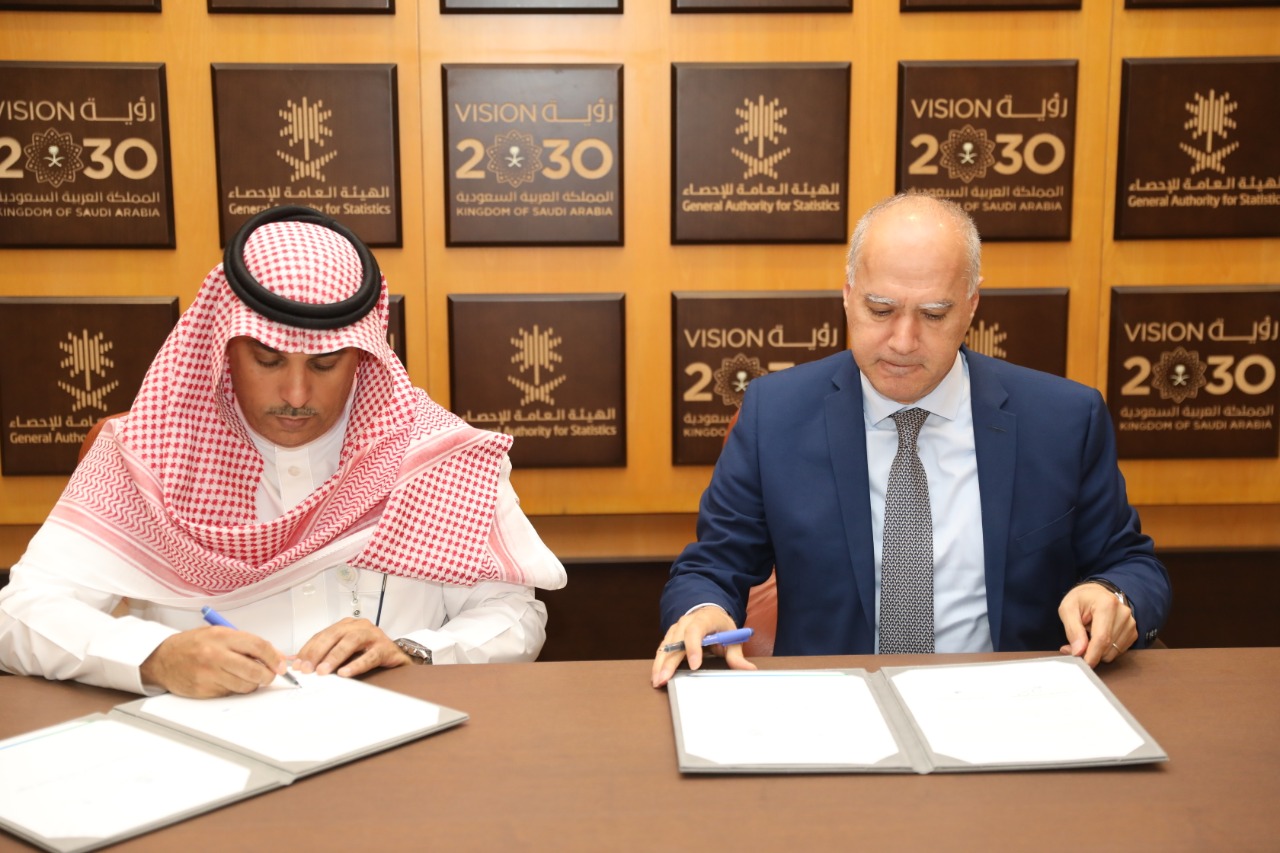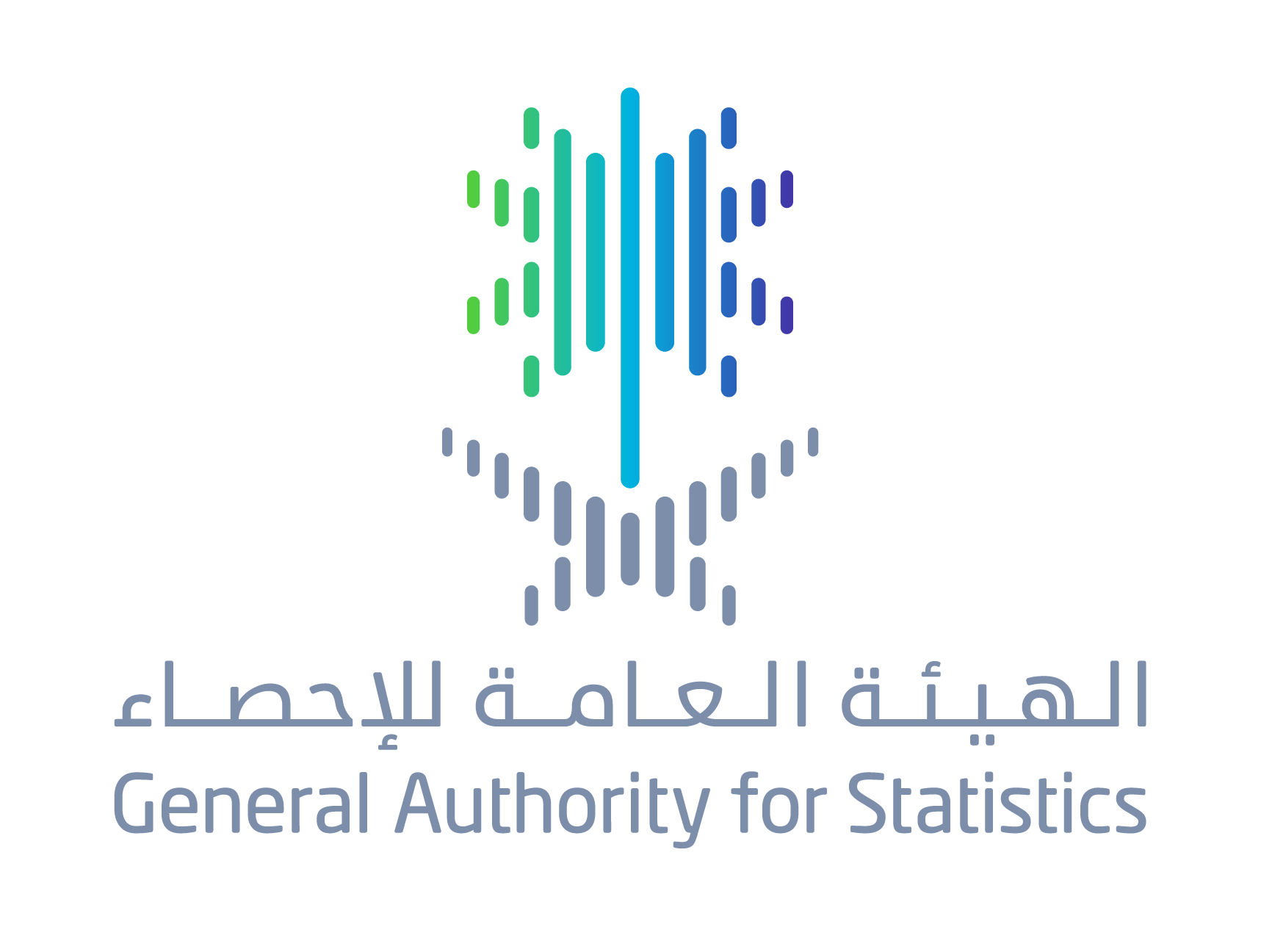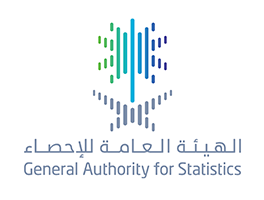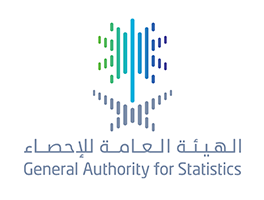GASTAT releases the results of the Agricultural Holdings Survey for 2018
04-08-2019
The survey is based on the "holding" as the economic unit of both plant and animal agricultural production
GASTAT releases the results of the Agricultural Holdings Survey for 2018
On Dhu al-Qidah 29, 1440 (August 1, 2019), the General Authority for Statistics (GASTAT) issued its results on the "Agricultural Holdings Survey for 2018" on its official website, www.stats.gov.sa. The Agricultural Holdings Survey is one of the periodic surveys conducted by GASTAT every three years. It aims to provide an updated database from the agricultural census framework 2014-2015 on the main characteristics of the agricultural holdings such as the number of agricultural holdings, their area, the legal entity and the type of holdings. It also provides data on agricultural workers, in addition to a large number of data that support decision makers, policymakers, workers in the agricultural sector and those interested in this field. GASTAT carried out the "Agricultural Holdings" survey of 2018 in accordance with the recognized international practices in the statistical agencies. Since the "holding" is the economic unit of the agricultural production in both plant and animal, it is under one administration and includes all animals in it and all lands used in whole or in part for agricultural production purposes regardless of the ownership, legal form or area.
The results of the survey showed that the total number of agricultural holdings in Saudi Arabia’s administrative regions in 2017 was (283,788), with a total area of (34) million dunums. The percentage of traditional holdings is (88.4%) out of total number of agricultural holdings in Saudi Arabia with an area of (10.9) million dunums. Traditional holdings are the predominant type in most of the agricultural holdings in Saudi Arabia. This type of holdings does not have to take prior approval or licenses from the concerned parties and their activity may be plant, animal or mixed production. However, the specialized holdings (projects) reached (11.6%) of the total number of agricultural holdings in Saudi Arabia with a total area exceeded (23.3) million dunums, including the specialized holdings (projects) that were approved and have been granted licenses from the concerned parties after the technical and economic study to establish such specialized holdings, whether it was specialized in plant production, animal, poultry farms, fish farming, or those projects which mainly follow modern non-traditional methods in the irrigation system, or they use agricultural mechanization and modern technology in agricultural production and they are specialized in the production whether exposed or protected agriculture, raising cows to produce milk, or in fattening of calves, sheep and poultry .
The results of the survey also showed that (93.38% )of the agricultural holdings were owned by the holders and (6.58%) of the holdings were leased. The remaining holdings percentage (0.04%) was distributed among the other land holding systems. Regarding legal entity, "Individuals" ranked first with (98%) of holders.
In terms of the main purpose of production, (86.4%) of the landholdings production was allocated for "sale" and the rest of the holdings’ production was allocated for consumption, representing (13.6%). In terms of the main activity of agricultural holdings, the plant holdings reached the highest percentage (91.8% ) of the total number of agricultural landholdings, while animal holdings came second with (8%).
The results of the survey revealed that (20.1%) of the holders work in agriculture as the main occupation, and the remaining percentage (79.9%) are holders their main occupation is other than agriculture. The results also showed that the percentage of Saudis working in agriculture as a main occupation reached (99.5%) of the total number of holders who work in agriculture as their main occupation.
According to the detailed survey results on the main source used for irrigation water, the number of artesian and manual wells in agricultural landholdings reached (319,393). As for the agricultural holdings where the main source of irrigation depends on rain, it reached (96,627) holdings, with the area of holdings reaching (294,573) dunums out of the total irrigated areas.











